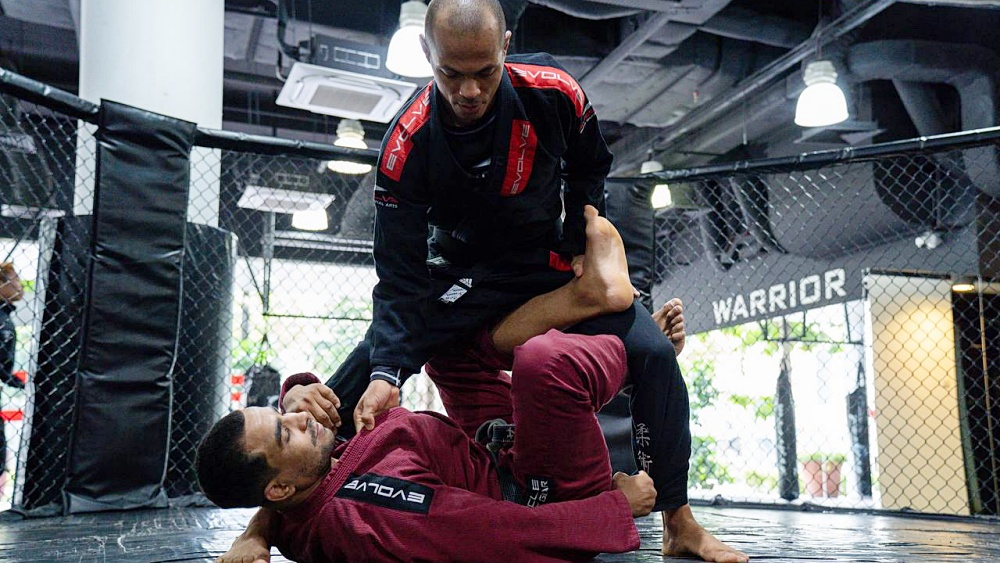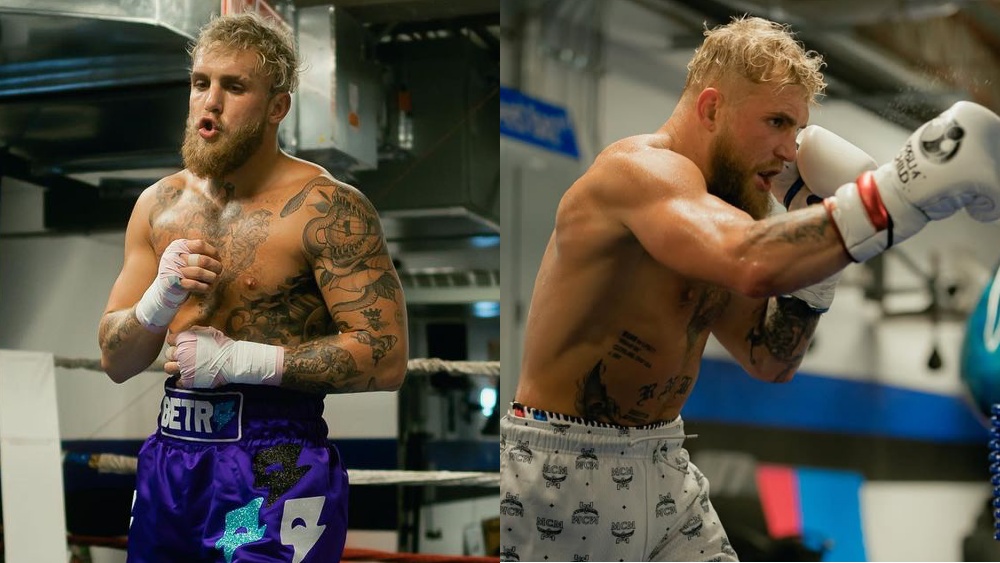Brazilian Jiu-Jitsu is a dynamic grappling art that has captured the imagination of practitioners worldwide. What’s unique about BJJ is that you can build a game that is uniquely your own. This means that your grappling style may look very different from another practitioner, even when you train at the same gym! A great example of this is the game of multiple-time IBJJF and ADCC champion Marcelo Garcia. He is one of the few grapplers in the history of our sport who has reached tremendous success in both Gi and No-Gi competitions, winning many titles to his name. One of his trademark techniques is using sit-up escapes to defend against guard passes. Today, we will review the basics of the sit-up escapes in Brazilian Jiu-Jitsu.
A Unique Approach To Defense
Typically, BJJ students are taught to use basic movements like shrimping to create space and recover guard. While this is a perfectly viable option, not all are good with the shrimping movement, especially when dealing with bigger and stronger training partners. Marcelo uses a unique approach where instead of staying flat on his back to shrimp and recover his guard, he usually sits up as he frames against the opponent to either go back to guard or transition to moves like wrestle ups, back takes, and front headlocks. While this is more or less common nowadays, this was an absolutely novel idea during Marcelo’s time, leaving many of his opponents baffled and confused.
The sit-up escape is a major part of Marcelo’s open-guard defensive game. From the sit-up guard (seated guard), he then transitions to his favorite techniques – particularly the butterfly or single-leg X guard.
In the video above, the legendary Marcelo Garcia explains a couple of critical concepts on how to use the sit-up guard. This defensive technique was and is central to his overall game and is effective in Gi and No-Gi BJJ, even MMA. The main premise of the sit-up guard is to use posture and upper body frames to defend a pass or escape a pin.
The first scenario is using the sit-up guard if the opponent gets past your legs and knees. When defending against guard passes, using your legs as the first line of defense is always a good idea. Our legs are one of the strongest parts of the body, and with the right positioning, you can block much larger opponents.
While using the legs should be emphasized in guard retention, it will inevitably get passed at some point. Once this happens, the sit-up escape is a solid 2nd option to block the opponent from passing your guard. Marcelo recommends sitting up as soon as your opponent passes your legs. Use your arms (push frame or collar tie) to frame against the neck as you use your other arm as an anchor by posting on the ground. This will force them to either stop the pass or transition to another technique. The next goal is to move your legs away to prevent your opponent from dragging you to the mat. Once you do these steps, moving to an offensive cycle should be relatively easy.
Here is another scenario where the opponent has already passed your guard and is attempting to settle their weight in top side control. Now, like what we discussed, if you can use your legs to block the opponent from crashing down your chest, that would be the best thing to do. But in cases where recovery using the legs is difficult, the next best option is to use the sit-up escape to recover guard.
The key step in this instance is to not let your opponent control the head. If the opponent gets to control your head, it will be much harder to create space and escape. Use your arms to frame against the opponent’s far arm (the arm attempting to control your head) and sit up with one arm posted against the neck and the other anchored on the ground. Note that you can sit up regardless of whether your opponent’s knees are on the mat or if they are shifting sideways on their hip. From here, you can insert your legs to recover back to guard or move your legs away, like in the previous video. Both are solid ways to improve your position.
The Mindset Of Never Accepting A Pass
The sit-up escape is an excellent tool to prevent your opponent from flattening you out. It is much easier to fight from a somewhat athletic stance, like in the sit-out position, than being flat on your back. This is especially the case when dealing with bigger and stronger opponents. If you can find ways to stay upright, the better it is for you.
Admittedly, you have to be a little mindful in using the sit-up escape in mixed martial arts. Yes, it is still a very viable option, but remember that you will be open to strikes to the head in the sit up position. If you have the ability to use your legs to pummel back to guard, that would be the best option when strikes are taken into account.
Sit Up, Frame, And Move
 The sit up escape is meant to be used in a dynamic way. This means that it is not a good idea to stay in one place once you sit up. Block the opponent using your frames, and immediately move to a better position if you can.
The sit up escape is meant to be used in a dynamic way. This means that it is not a good idea to stay in one place once you sit up. Block the opponent using your frames, and immediately move to a better position if you can.
Conclusion
The sit up escape is a must-learn for all practitioners of Brazilian Jiu-Jitsu. It is by far one of the most versatile defensive maneuvers you can learn to immediately level up your game. Remember to always practice your chosen techniques whenever you are in the gym. Please find time to train and drill the sit up escape from various situations and introduce it to your sparring sessions once you become comfortable. Thank you for reading today’s post, and happy training!
You may also like:















